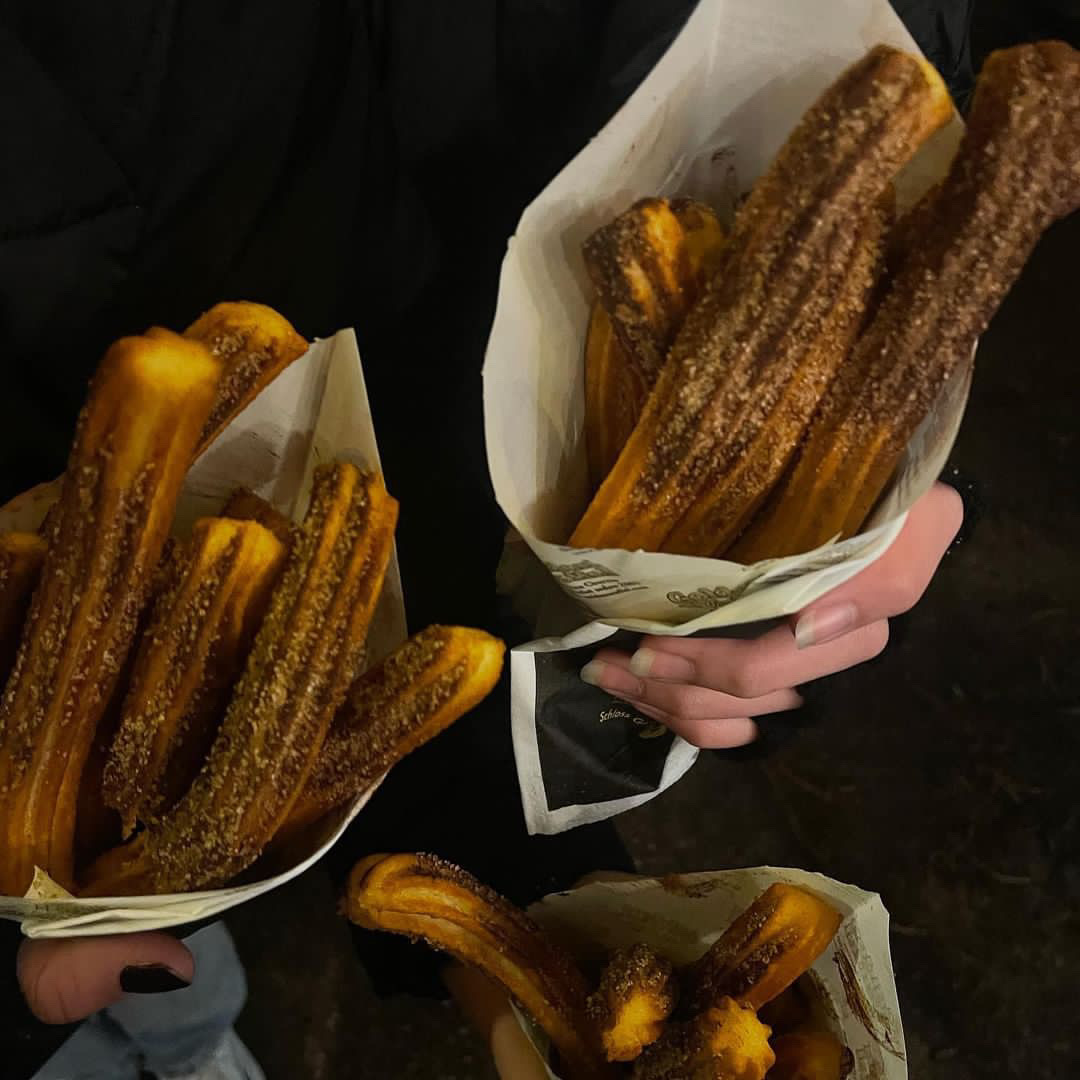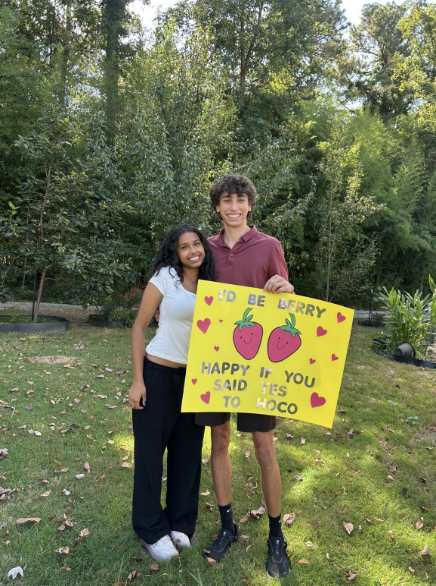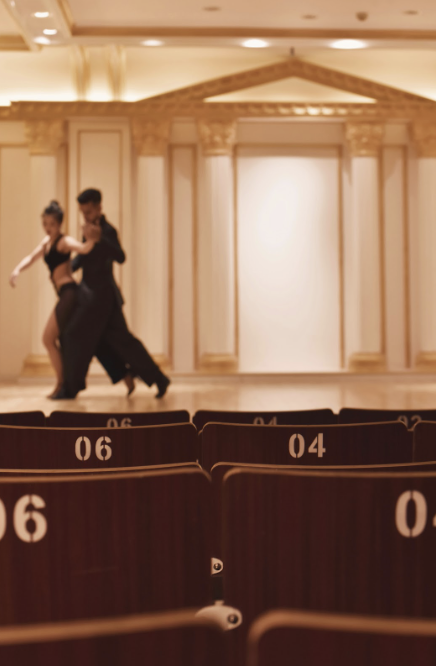‘Tis the season: Holiday traditions around the world
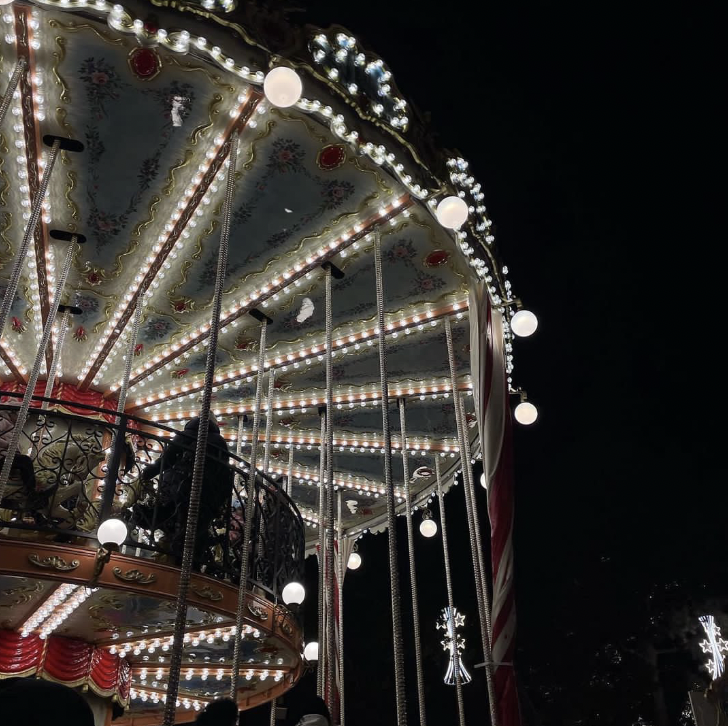
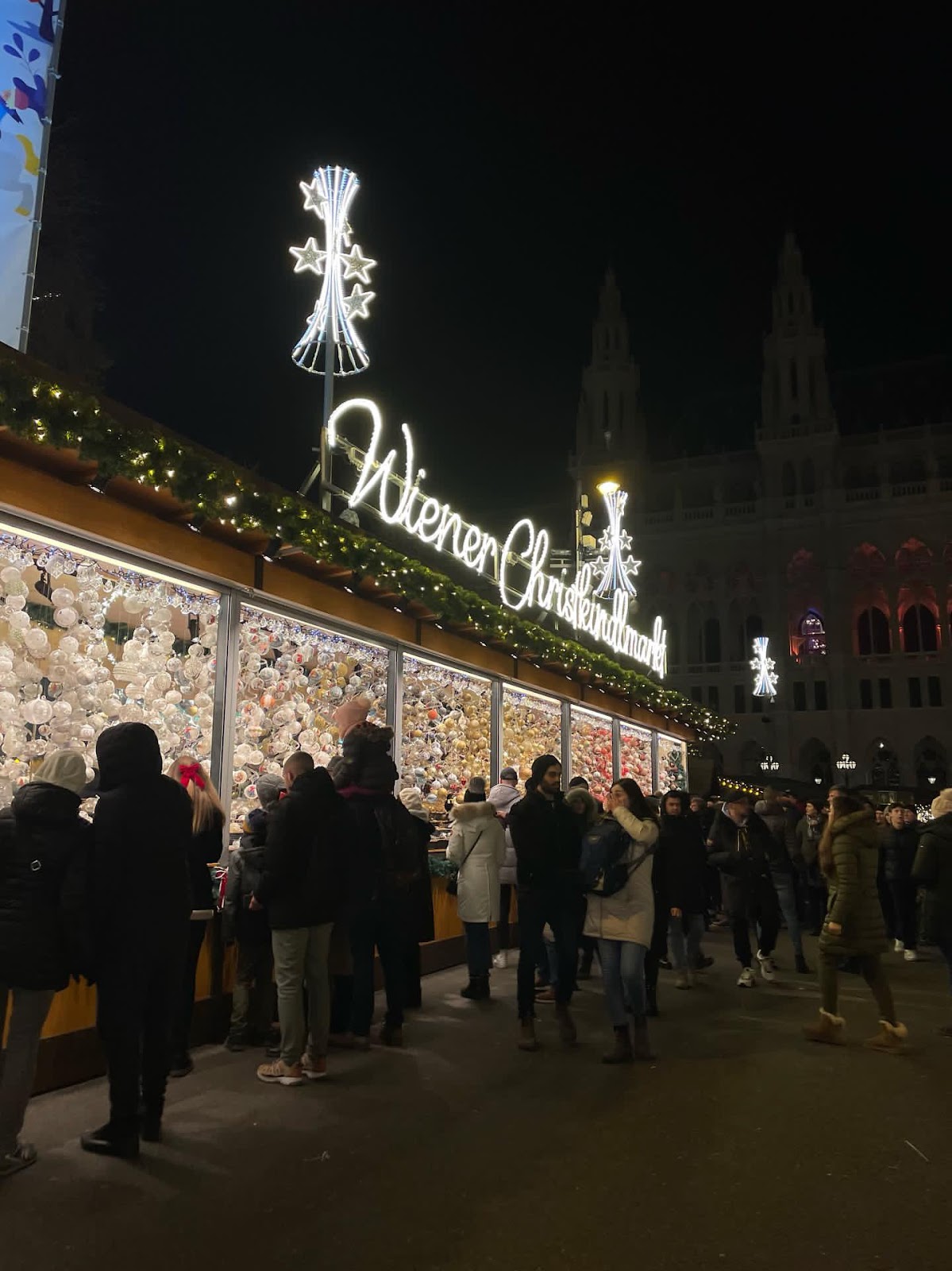
The end of the year is a time of celebration for people all over the world. Friends and family gather as a community, sharing diverse traditions and culture. The GH Falcon created a list of some long-established holiday traditions, myths and foods from around the world in commemoration of the festive spirit.
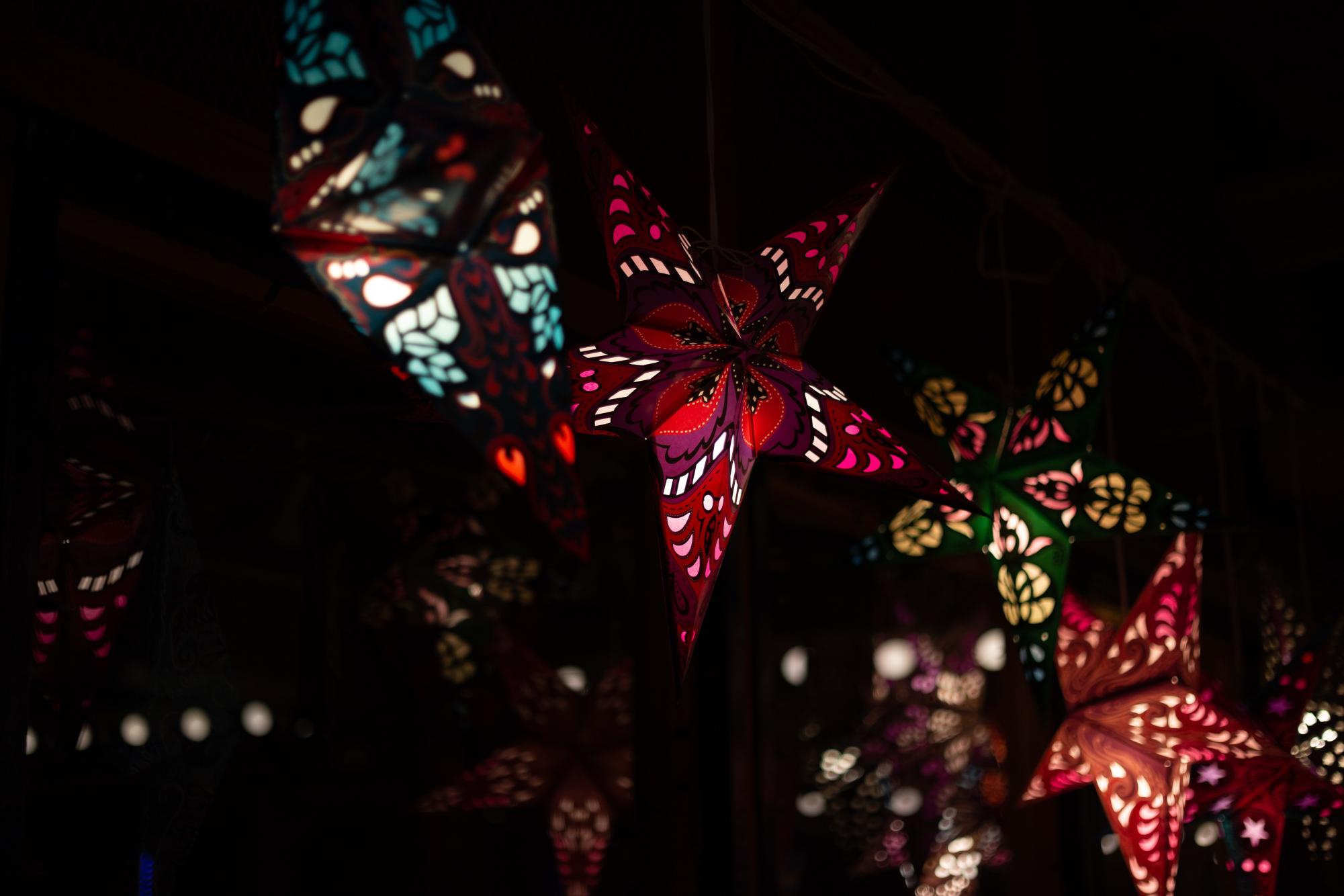
Simbang Gabi is a Filipino Christmas tradition celebrated from Dec. 16 to the midnight of Dec. 24. This celebration is a series of nine dawn masses, beginning as early as 4:00 a.m. This tradition was first introduced by Spanish missionaries to allow farmers to hear mass before working in the fields early in the morning. Although waking up before sunrise may sound tedious, celebrators enjoy a festive atmosphere via services, lively bands and colorful lanterns lighting the masses. Street vendors also make sure to rise early for these nine days to sell puto bumbong, a purple sticky rice cake, and other various coconut sweets.
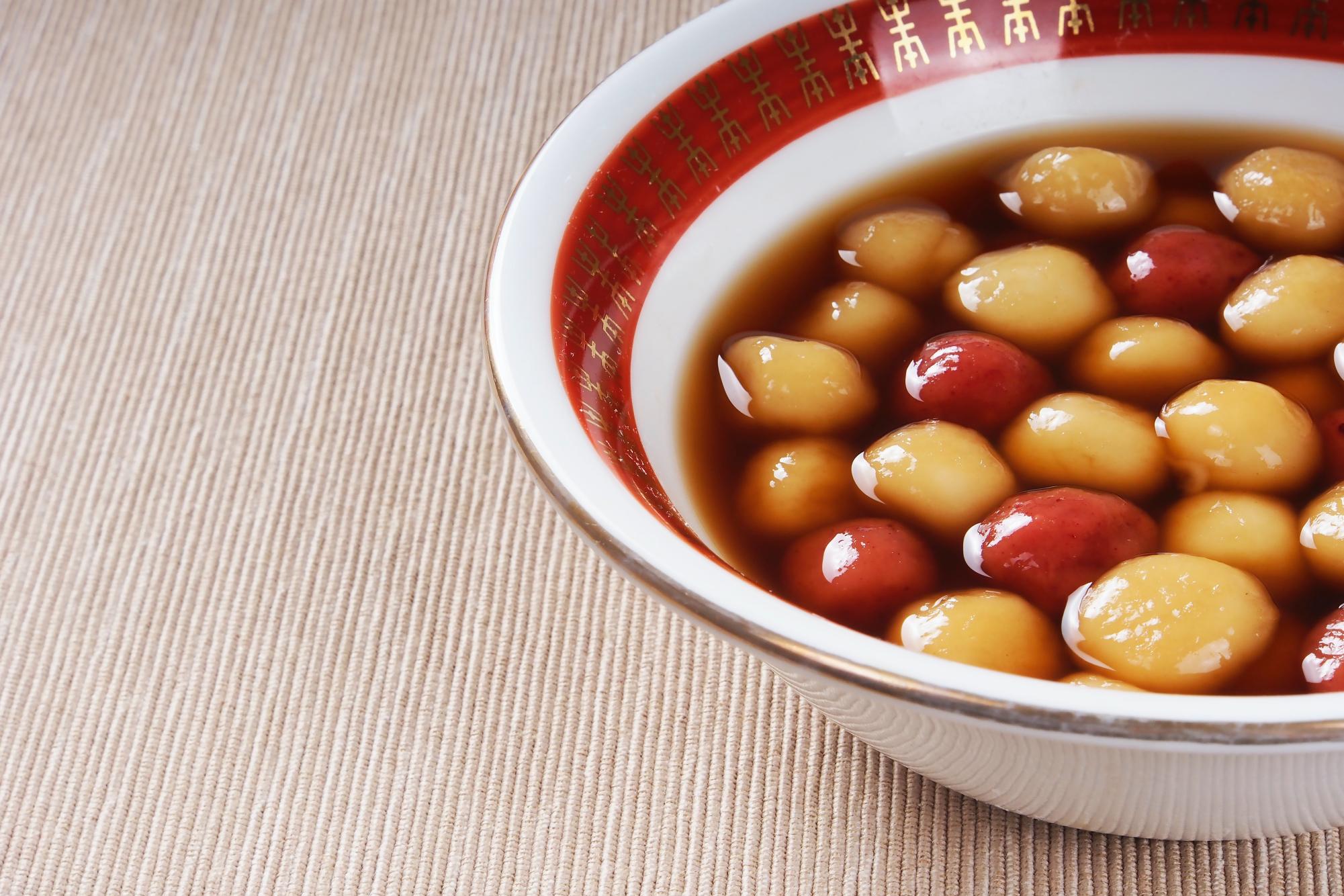
Dōngzhi, which translates to ‘Winter’s Arrival,” is China’s celebration of the winter solstice. Although often overshadowed by the well-known Lunar New Year, Dōngzhi is a long celebrated holiday in Chinese culture. It is typically when the night is longest and the day is shortest. This day became a recognized traditional festival during the Han Dynasty, and falls on varying dates between Dec. 21-23. During Dōngzhi, families worship their ancestors and protective gods and pay tributes for health, well-being and a prosperous new year. Family gatherings wouldn’t be complete without traditional foods such as dumplings and tang yuan, a glutinous rice ball.
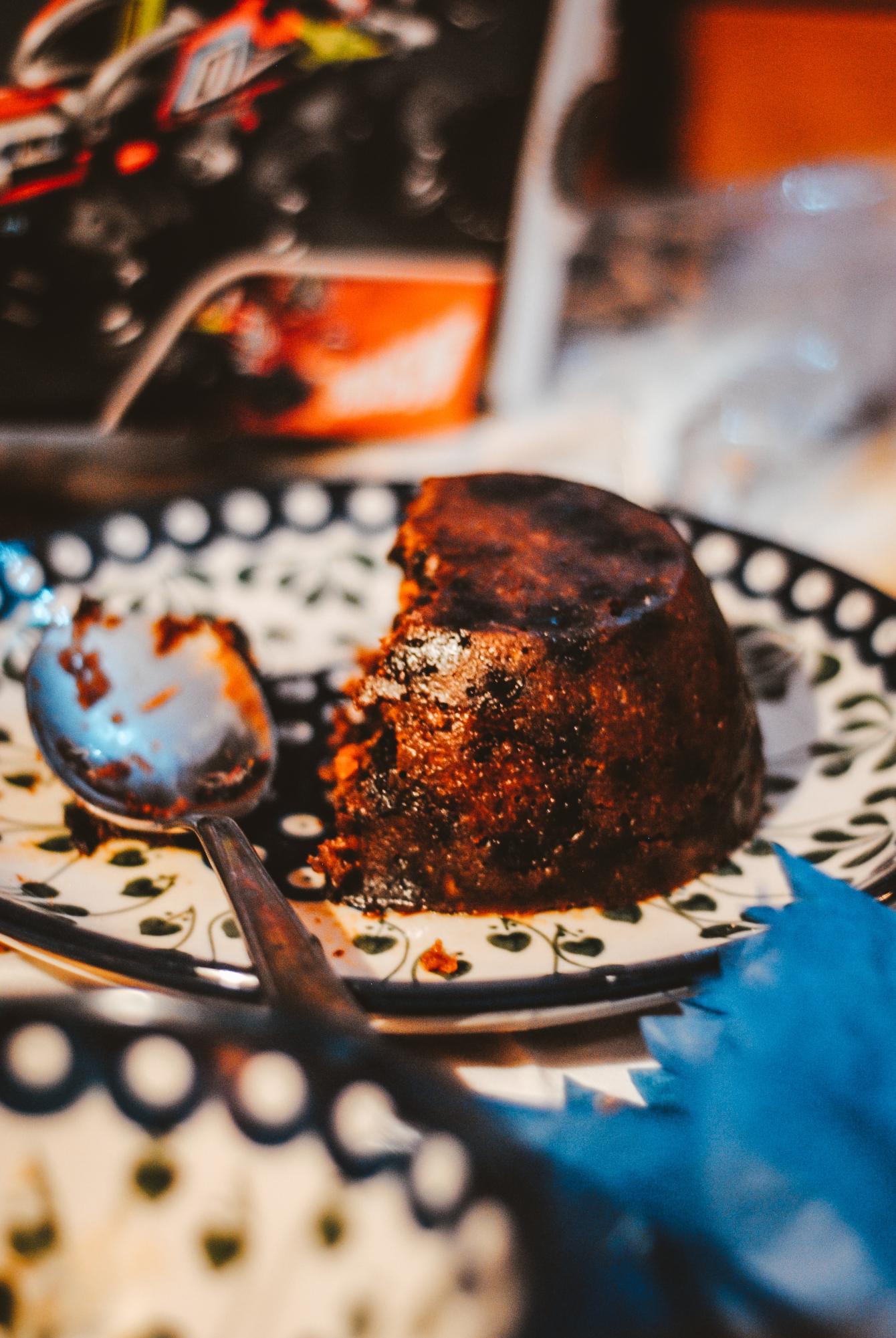
Originating in England, this traditional pudding is a dark, brandy-soaked delight that dates back centuries. The very first version of this treat can be traced to the fourteenth century, when the British made porridge called “frumenty,” containing beef, mutton, raisins, wines, currants and spices. The dish tended to be more soup-like, often enjoyed around Christmas. By the end of the fourteenth century, frumenty went through several names and changes, eventually becoming plum pudding or Christmas pudding. Baking silver coins into the desert is a common tradition, and whoever finds the coin will supposedly have good luck.
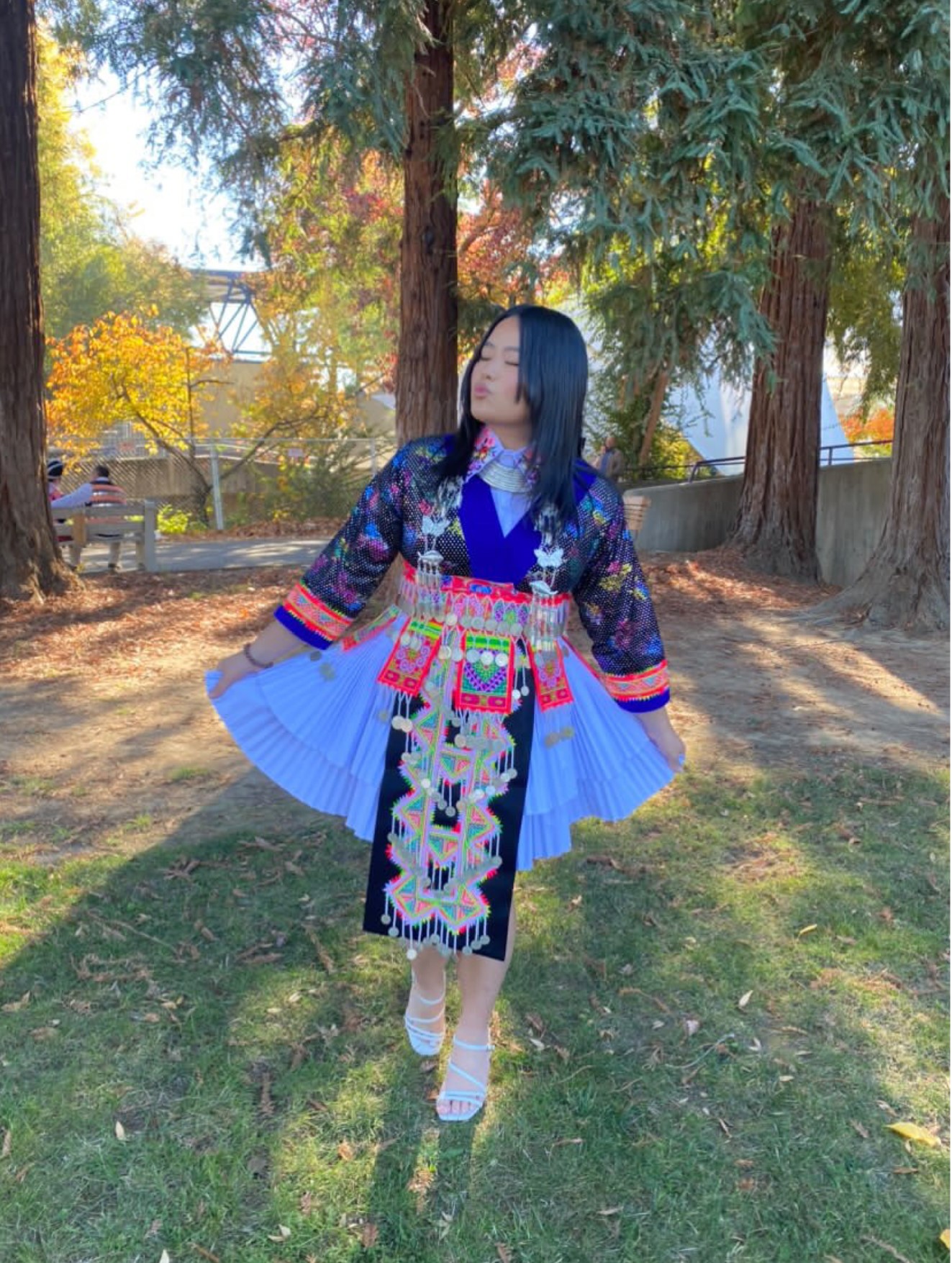
Hmong New Year is an annual celebration gathering communities to celebrate Hmong culture and family company. Many participants of Hmong New Year take pictures in cultural attire as there are beauty pageants filled with singing and dancing. One popular tradition is a ball toss between girls and boys as a way to mingle and socialize with each other. Typically the boy tosses the ball to the girl, signifying interest in getting to know one another. Some traditional foods enjoyed during this time include Hmong sausage, kopiak, a chicken noodle soup, and kapoon, a type of red curry noodle soup. Unlike most Asian New Years, Hmong New Year is celebrated between Nov. 21-23.
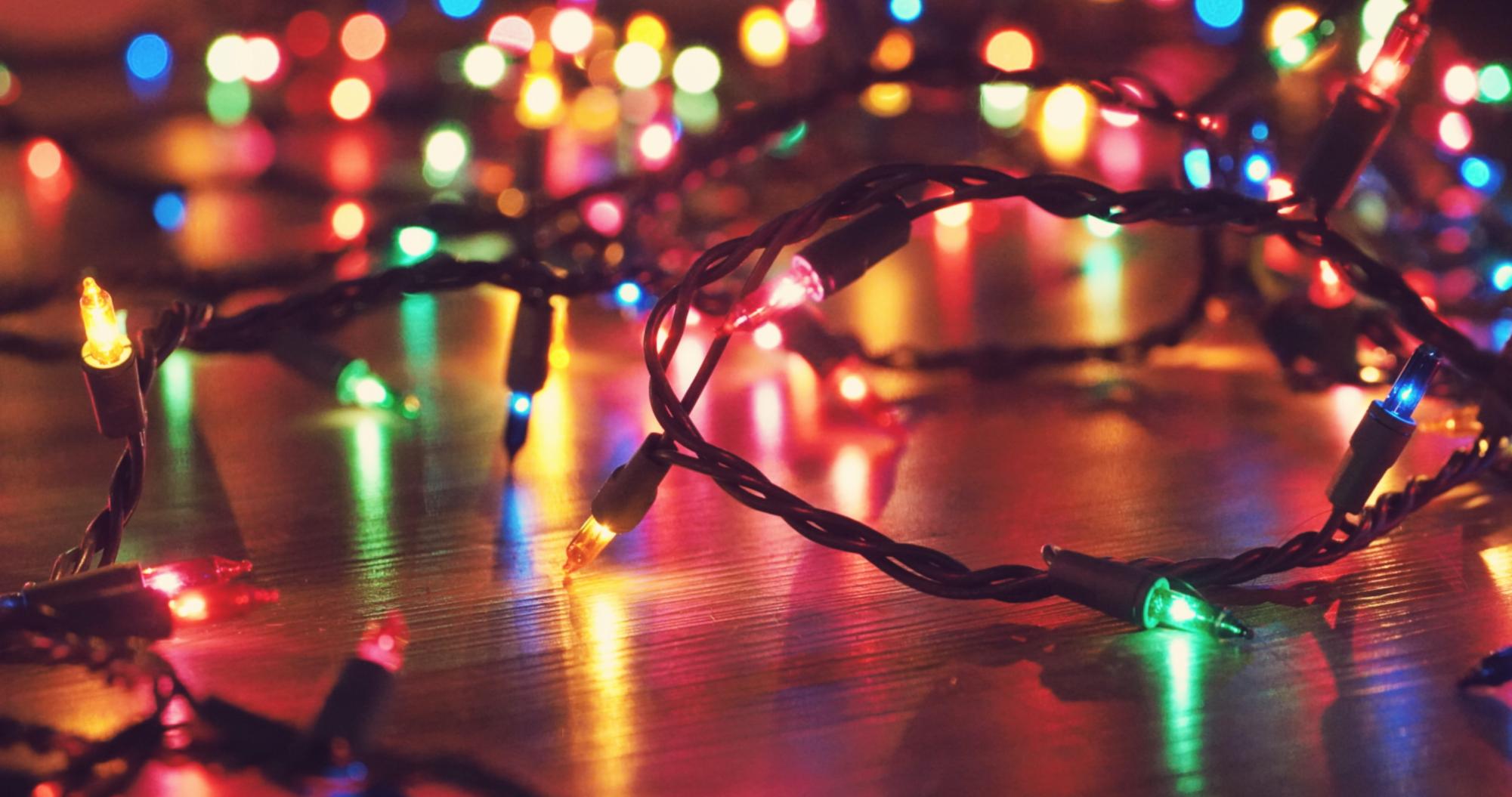
Whether they are called Weihnachtsmarkt, Christkindlmarkt or Adventmarkt, Austrian Christmas markets are extremely popular among locals and tourists alike. These markets includes various booths and shops run by small family businesses, each selling unique items for browsing customers. Local Sophia Sattler, recalls her experience attending Weihnachtsmarkt. “My favorite memory is when my primary school would annually go to the Christmas market. We would all [receive] pocket money from our parents, then go around the stands and buy gifts for our family and lots of candy gifts for ourselves.” The most notable part of Christkindlmarkt is the food sold throughout the day. Visitors roaming the stands love delicious eateries like palatschinken (similar to crepes), maroni (roasted chestnuts), kartoffelpuffer (potato pancakes) and other small snacks.
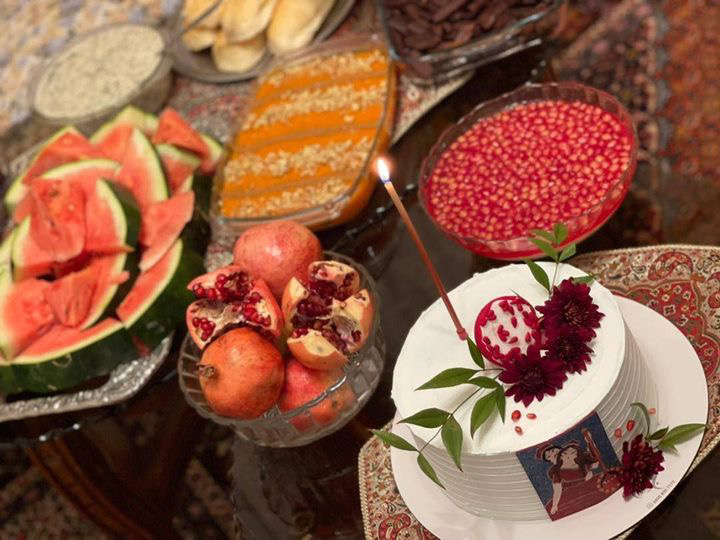
Shab-e Yalda, also known as Yalda Night, is an ancient traditional festival that takes place on winter solstice night, which is the darkest and longest night of the year. This tradition dates as far back as 502 B.C., celebrated mainly in Iranian culture, but also surrounding cultures in Azerbaijan, Afghanistan, Tajikistan, Turkey and the Iranian diaspora. Green Hope student Kurt Foroughi (‘25) celebrates Yalda night with their family by celebrating with the local Iranian community to participate in local events with traditional festivities. Quintessential activities of Yalda include the eating and drinking of traditional foods, sharing stories and reading poetry. Traditional foods include various fresh and dried fruit, as well as Iranian sweets. Pomegranates, persimmons and watermelons are among the most important fruits. Celebrators often read work from the popular poet Hafez, as his collection, “The Divān of Hafez,” is extremely common in Iranian homes. Foroughi shares, “[Yalda Night] provides a great opportunity to connect with friends and family, and [to] participate in ancient cultural tradition while putting a little warmth and brightness into the darkest night of the year.”

Ded Moroz (Russia)
Ded Moroz is a religious legend that is now seen as a “Santa” adjacent. Originally, Ded Moroz was denounced as a demon by the church, and seen as a wizard who used his powers for evil. Capable of freezing anything with his ice-cold hands, ancient Slavs also referred to him as Morozko. However, Ded Moroz eventually transformed into a respectable Christmas figure as a bringer of presents and goodwill. He changed from a haggardly sage into a well-dressed noble man. Similar to Santa Claus, Ded Moroz is depicted with a sleigh pulled by three white horses as the symbol of the festive season in Russia.
Lohri (Punjab, India)
A popular festival of Northern India, Lohri is primarily celebrated by Sikhs and Hindus. This festival marks the end of the winter solstice and the beginning of warmer temperatures. People celebrate by wearing colorful traditional attire, singing and dancing around bonfires. Traditionally, Lohri goddesses made with cattle dung are placed beneath the huge bonfires. The lighting of the dung figures is a method of prayer to the fire god to bless the land with abundance and prosperity. Community activities such as greetings and gifts follow shortly after. Friends and family gather around to enjoy treats made from harvested crops such as gajak, a peanut-sesame brittle, and jaggery, a traditional cane sugar.
Three Kings’ Day (Spain)
Across Hispanic and Latin American countries, Three Kings’ Day is the celebration of the three wise men who bore gifts for the Christ child. The three kings are now thought to leave presents in the shoes of small children. The holiday is also known as the Epiphany and dates back to the fourth century. Epiphany is also a Christian feast day to celebrate the revelation of God, the visit of the Magi and other major Christian events. Now, Three Kings’ Day is celebrated as an integral part of Latin culture, involving large meal preparations and community bonding. Baked treats like rosca de reyes, a sweet yeast bread that is shaped into a ring and decorated with dried fruits to replicate a jeweled crown, are often made and enjoyed on this day.
Bizcocho Dominicano (Dominican Republic)
Bizcocho Dominicano, also known as Dominican cake, is a sweet treat often enjoyed during the holiday season. This pound cake includes a meringue topping and sweet jam on the inside to create a delicious bite. Bizcocho Dominicano was popularized by bakeries out of the Dominican Republic, and the cake is known for its moist and airy texture. Although this cake can be enjoyed throughout the year, it’s not uncommon for families to set traditions around indulging in this baked good together during the holidays.
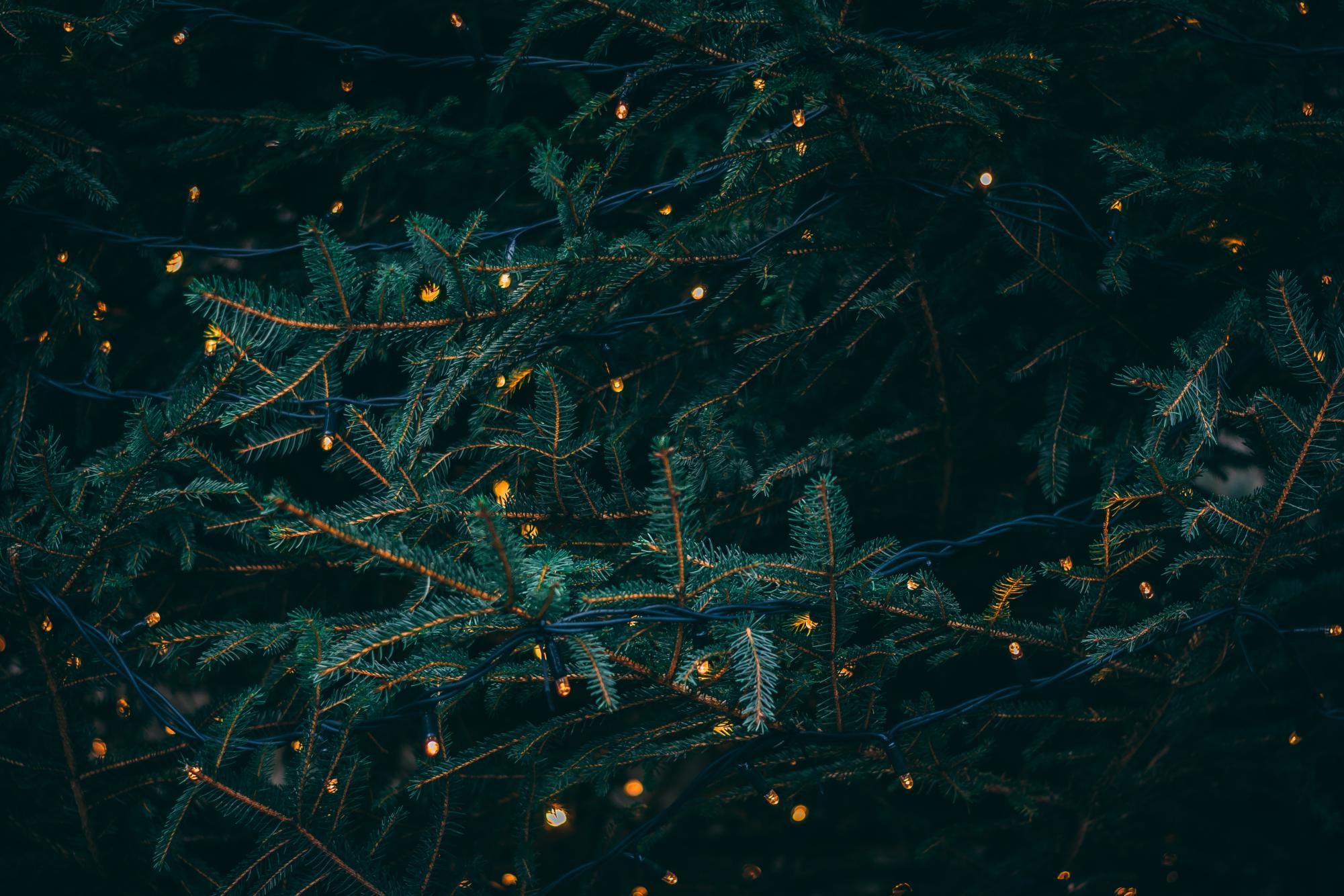
Regardless of culture and geography, the cold season is the perfect time for families to spend time together with their community.
The staff of the GHFalcon would love a donation to help the journalism program at Green Hope continue to flourish. Many of our donations go to towards improving the materials that we deliver to you in electronic format. Thank you so much to those that are able to donate.


